Something Beneficial You Never Considered? – Music Therapy
Music is an integral part of human culture, and it has been for thousands of years. This form of expression affects our emotions, memory, and thinking. It can influence human behavior and even some autonomic processes like breathing and heart rate. Music therapy takes advantage of these changes to bolster the healing process after a serious physical injury, to ease the mind and emotions during a chronic illness, and even to create positive behavioral change.
What is Music Therapy?
Since music has been part of human culture for millennia, it has long been associated with improvements in mood, physical health, and social bonding. Aristotle is often credited with associating music with medicine, but the true earliest use of music as a form of medicine was recorded in 1789 in an article with no known author titled, “Music Physically Considered,” which was published in Columbian Magazine.
Physician Edward Atlee was one of the first doctors to explore music therapy, publishing his dissertation on the topic in 1804. This was followed shortly by an 1806 dissertation from Samuel Matthews. Interest in music therapy gained support throughout the 19th and early 20th centuries, leading to the formation of several short-lived music therapy associations, which failed to develop true medical standards for this approach to treatment.
Finally, the National Association for Music Therapy (NAMT) was founded in June 1950. The organization created a constitution and bylaws and developed standards for research, university training of music therapists, and clinical training requirements. NAMT developed a registry for music therapists and, by 1985, a board certification program. The application of very specific standards has allowed for the evidence-based examination of music therapy as a form of treatment.
Music therapy enhances different human capabilities through planned musical influences, from listening to music to playing an instrument, on several areas of the brain. The brain is the primary component of the central nervous system (CNS), which processes sensory inputs, autonomic and voluntary physical systems, memories, emotions, and behaviors.
Music therapists are a form of clinician, meaning they use medical research and evidence-based approaches to assess their client’s needs and a good course of treatment. Some approaches to music therapy are singing in a group, dancing to music, creating music with drums or other instruments, and even passively listening to favorite songs. The goals of music therapy are to strengthen the client’s natural abilities and help these transfer to other areas of their life. It can also be a beneficial therapy for people who struggle to communicate, either because of brain trauma, disease, mental illness, or other disorder.
When applied alongside other clinical approaches, music therapy has been found to increase the client’s motivation to continue other aspects of treatment. This therapy can also provide emotional support for loved ones who may struggle with the client’s illness, provide an outlet to express feelings about the treatment and enhance the bond between the client and their loved ones or caregivers. Therapy sessions can be in a one-on-one format, in groups, or in family therapy.
How Music Therapy Impacts the Brain
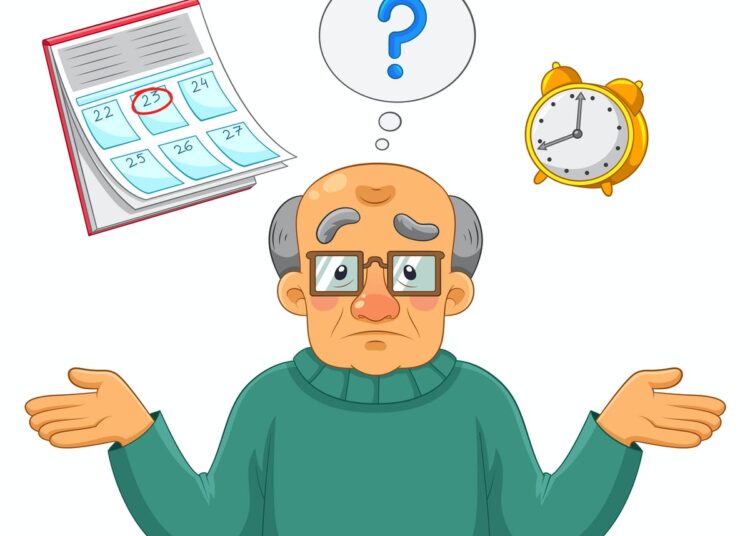
There are several different lobes in the brain.
- The frontal lobe is involved in abstract thought, concentration, memory, and expressing thoughts to others, and has some control over the digestive system.
- The parietal lobe is associated with processing touch, including the texture, weight, shape, size, and pressure of objects, as well as spatial awareness of one’s person and surroundings.
- The occipital lobe processes sight input, including recognizing and identifying objects or people.
- The temporal lobe is associated with hearing, including understanding speech and music as well as memories.
- The cerebellum coordinates muscular activity, maintains balance, and adjusts muscle tone.
- The brainstem is the area of the brain where the spinal cord links to the rest of the CNS. This part of the brain processes consciousness and alertness, carries important signals to and from muscles and nerves, and controls autonomic processes like breathing, blood pressure, and heartbeat.
Music can have an impact on all areas of the brain at the same time. By activating these areas, music therapy can bolster other healing processes, including immune response, heart rate, and blood flow, thinking, remembering, feeling, and processing feelings in a healthy way, speaking and listening physical coordination and walking gait, and understanding time. Using music alongside standard medical practices, including physical therapy, prescription medication, and regular doctors’ visits, can greatly enhance treatment. Studies have shown that music therapy can have an impact on various systems.
Brain waves: Research has found that music with a strong beat stimulates brainwaves to resonate in sync with the tempo. Faster music promotes greater alertness and concentration while slower pacing allows for a relaxed, calm, and meditative state. These benefits impact you while you listen and for several hours, sometimes even days, after you have stopped listening to music.
Breathing and heart rate: Changes to brainwaves lead to other physical changes, such as more rhythmic, steady heartbeats and breathing. This can activate a relaxation response, which helps to counteract damage to the heart and mind, especially from chronic stress.
State of mind: Depression and anxiety can be effectively managed with music therapy, preventing hurtful stress responses to mental changes, improving mood, increasing physical energy or leading to relaxation, and even offering cathartic or positive messages in lyrics.
Other systems: Because music can change heart rate and stress level, it has a huge impact on blood pressure, reducing the risk of stroke and heart damage over time. Music therapy has been found to boost the immune response, which can improve healing after surgery or illness; relieve muscle tension; and ease chronic pain through the release of endorphins and other natural painkillers.
Conditions That Benefit From Music Therapy
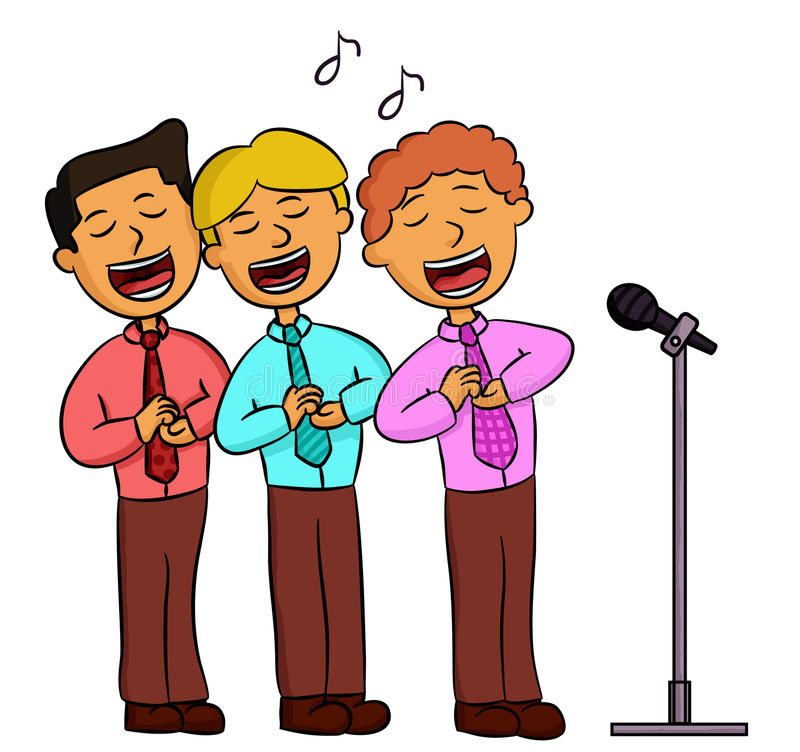
Since music therapy has a great impact on several brain functions, it is applied to treating numerous diseases.
Alzheimer’s disease: This is a progressive disease in elderly adults that degrades the brain, leading to memory loss, less ability to think and learn, problems with motor coordination, muscle loss, and eventual loss of autonomic functions. Music therapy can treat some of these problems, easing symptoms and associated stress, as well as improving brain function.
Elements of music like pitch, rhythm, and melody are processed in different areas of the brain, and when these areas are stimulated together, patients experience improvements in several areas. Clinicians have observed improvements in:
- Facial expression
- Physical tension
- Eye contact
- Vocal activity
Better physical movement: A study in 1986 found that music was the only stimulus that could provoke a response in patients with final-stage Alzheimer’s disease. Music with lyrics has been found to activate both the left and right hemispheres of the brain, helping them work together, which can improve speech functions. Playing music, either soothing instrumental music or songs that are known to be the patient’s favorite music can ease agitation and confusion.
Autism spectrum disorders: These are a series of developmental disorders that affect behavior and communication. People with a condition in the autism spectrum generally have difficulty understanding social communication, trouble discerning how to interact with others, and repetitive behaviors. They also pursue restricted interests. Common signs of an autism spectrum disorder may be hyper-focus on one interest, talking extensively about one subject, organizing objects compulsively, difficulty displaying emotions or showing inappropriate emotions, and inability to make eye contact consistently.
Music therapy can help children and adults with profound autism spectrum disorders, facilitating the desire and ability to communicate; breaking isolation and engaging the individual in the external world; reducing echolalia, or the repetition of words or phrases that can sometimes impede functional language use; decreasing motility or mobility issues; improving language and emotional communication comprehension, and teaching other social skills through group work.
Brain injuries: Traumatic brain injuries can occur from falling, car accidents, being hit in the head, sports injuries, work injuries, and many other incidents. Trauma to the CNS can radically change a person’s mood, and ability to process stimuli, move around, learn and think about the world around them, and respond appropriately with emotions or behaviors. Personality changes are often the result of a brain injury, along with changes to mental and physical capabilities. Creating a normal daily structure can be one of the most challenging activities, so memory, concentration, and sequencing can all be negatively impacted, leading to stress.
Patients with the most traumatic brain injuries benefit from music with clear beginnings and endings, and predictable chord and lyrical progressions. Language and speech comprehension, memory and cognition, physical problems like balance or gait, and emotional issues can all be improved through music therapy.
Hearing impairments: People who have profound hearing loss, but who have not completely lost their hearing, can benefit from listening to music as a way to stimulate hearing areas of the brain. This can help them continue to interpret and understand sounds, especially those associated with speech.
Mental health: Since music helps to regulate mood and the stress response, it is a great complementary therapy alongside behavioral therapy, talk therapy, and even prescription medication as needed. Music therapy has been shown to help people struggling with:
- Schizophrenia
- Affective disorders
- Anxiety disorders
- Personality disorders
- Eating disorders
- Substance use disorders
- Depression
- Bipolar disorder
Pain management: Several studies have found that the relaxation response, which includes releasing dopamine and endorphins, can ease pain and reduce inflammation. A 1992 study examined the effectiveness of pain medication, guided imagery, deep breathing, and music to ease the pain. While all the treatments were effective, music was the most effective non-invasive option to ease the pain. Other studies showed that terminally ill patients receiving palliative care experienced reduced pain, nausea, anxiety, insomnia, and vomiting.
Physical disability: Music therapy techniques like moving to the music have been shown to improve muscle tone and the brain-body connection. Music can also motivate movement in more traditional approaches to physical therapy and facilitate muscle relaxation, which reduces pain. The tempo of music can improve motor coordination by timing movements to the music.
Approaches to Music Therapy
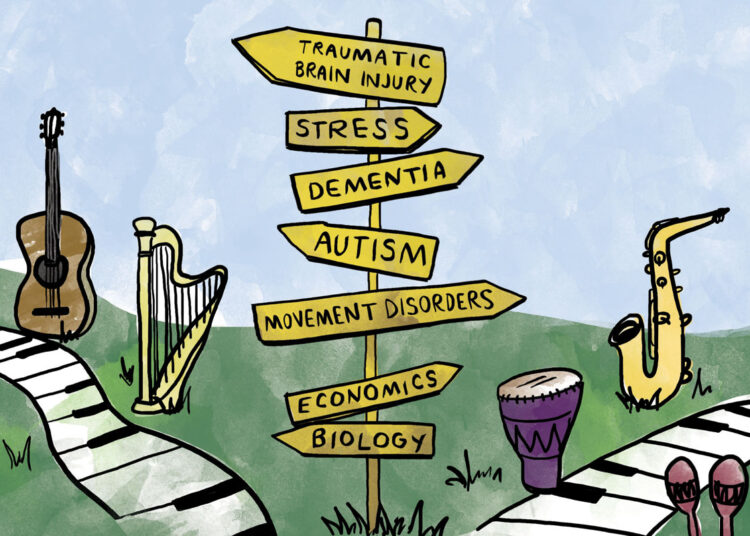
Music therapy may involve movement, playing an instrument, singing, or just listening to music. Below are some of the potential approaches to using music therapy and how they can benefit patients.
Background music: This may work well for people who have been hospitalized along with those who work in the hospital setting. Playing soothing background music, instrumental or not, can ease tension and worry during an otherwise stressful time. Professionals like doctors and nurses who work in hospitals may benefit from this ambient sound over the course of their workday; people who have been hospitalized for a day or more will also benefit from this. It may be possible to program a playlist for a specific patient in their room, played through headphones, to ease their stress.
Active listening to music: In contrast to ambient, soothing background music, listening to music in the foreground and actively participating in the experience can help to regulate mood. The rhythm and repetition inherent in any song engage the neocortex in the brain, reducing impulsiveness or compulsive behaviors, and soothing the stress response.
Generally, most people choose music based on their mood. For example, if they’re tired and need to focus, they may pick something upbeat and fast-paced. If they’re angry and want to get some of that out, they may listen to angrier music. However, music can also adjust the mood and help people struggling with psychiatric conditions and those who are under a lot of stress from physical ailments alleviate some of the associated aggression, sadness, and fear by actively focusing on something more aligned with where they want their mood to be.
Contemplative music: Giving a patient the history of a piece of music, a biography of the composer, or the meaning of the lyrics can put them in a reflective or contemplative mood. This may help them with any therapy sessions they have later, such as talk therapy; it may help them with journaling they do as part of mental or behavioral health treatment, and it may help reduce anxiety and depression by alleviating intense mental focus on stress. Contemplative music therapy can also ease sadness or morbidity around grief or death.
Combined music: This approach to music therapy combines music and other therapeutic approaches to achieve the best outcome for a therapy session. Music therapy is most often combined with approaches to behavioral therapy, like autogenic training for relaxation and cerebral electro-sleep therapy, which helps to induce sleep in psychiatric patients using electrical pulses to specific areas of the brain.
Executive music: Using musical instruments and singing as a group, this approach to group musical therapy boosts feelings of self-confidence and self-worth. It can also become part of occupational therapy, to improve motor coordination and verbalization.
Executive Iatromusic: This approach to music therapy is most commonly found in pediatric units for children struggling with severe dyslexia, mental retardation, and profound emotional disturbances. Essentially, a music therapist comes in and plays music for the children in the pediatric unit, allowing some interaction but primarily soothing through listening to a live musical performance.
Creative Music: During the course of this type of music therapy, patients compose music or play instruments as a form of catharsis. Repressed feelings, grief, or deep-seated anxiety conditions all benefit from this approach to music therapy unless learning to play or compose music would be frustrating for the person.
Lyric Analysis: Talk therapy focuses on discussing and analyzing subjects that are tough to process, like trauma or grief. Often, patients find it difficult to go into as much detail as they need to be direct and honest because emotions and prior, maladaptive coping mechanisms get in the way. Listening to specific songs and discussing the lyrics, and their meaning, and even offering suggestions for alternatives or lyrical improvements can bridge the gap into discussing deeper, more intense emotional experiences. This can help solidify the bond between therapist and client.
Risks to Music Therapy
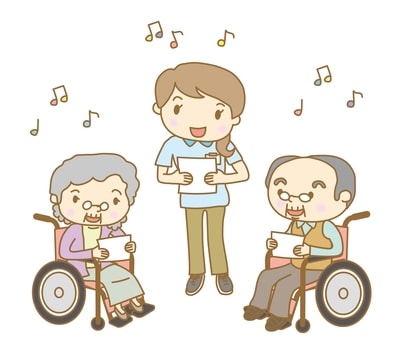
Although music therapy has several wonderful applications and can be used alongside traditional medical interventions, it may not be appropriate for everyone. Music has a strong emotional and physical impact, and this can be both positive and negative. There are some downsides to music therapy.
Overstimulation: Very young children, especially infants, are not able to process the complexity of several types of music. Instead, the interaction between a singing, emoting parent and the baby improves the child’s ability to process facial expressions, social cues, sounds, and language.
Hearing loss: Using headphones may allow us to turn up the volume of our music without disturbing others, but this increased musical volume may increase the risk of hearing loss if used on a consistent basis.
Triggering negative memories: Music and emotions are tied very closely together, which is one of the approaches taken by music therapists when treating Alzheimer’s and dementia patients. However, these patients may not be able to express what they experience about music specifically, and they cannot offer consent to the treatment, so there is a risk of triggering bad memories from certain songs or genres, which can lead to agitation.
Emotional flooding: All aspects of music can trigger emotions, which may be cathartic, but can also lead to feeling overwhelmed. For people struggling with mental illness, an overwhelming experience of several emotions can be detrimental.
Induced anxiety: Not everyone likes instrumental or classical music, and not everyone responds with relaxation to music labeled as “soothing.” Being in a music therapy session with a song you do not like can induce stress, which may trigger an anxiety response. The person may then associate negative experiences with this form of therapy in general.
Attempting music therapy on your own, or going to a music therapist who is not appropriately licensed or credentialled, may lead to some of the above problems. Again, not everyone responds to the same approaches to therapy. While it might not be right for everyone, working with a certified, clinical music therapist may be beneficial to some people.
Therapeutic Experience…

You are just a click away from experiencing the best therapeutic Afropolitan sounds for relaxation curated and updated monthly by the Music Pharmacy.
Available below with Apple, Spotify, and Boomplay Streaming Links:

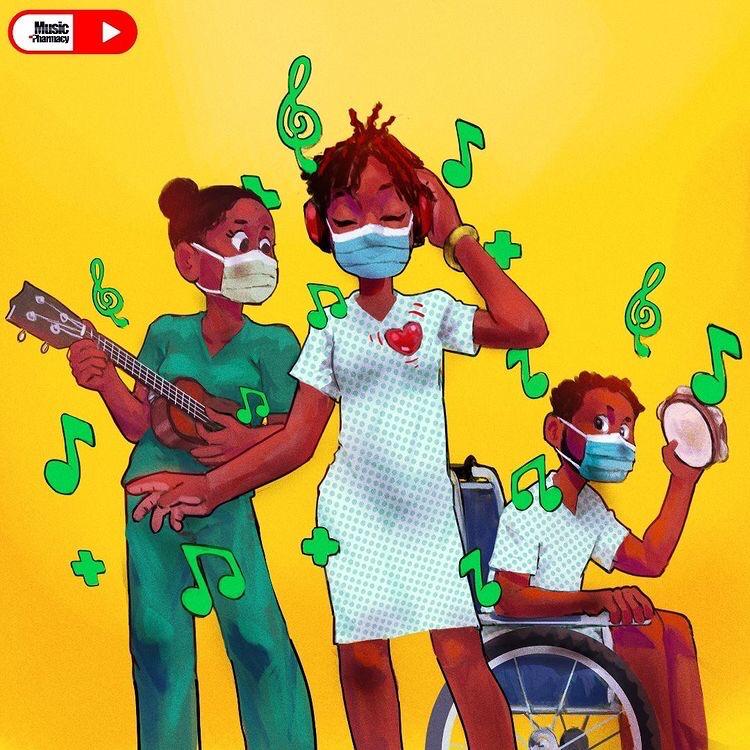






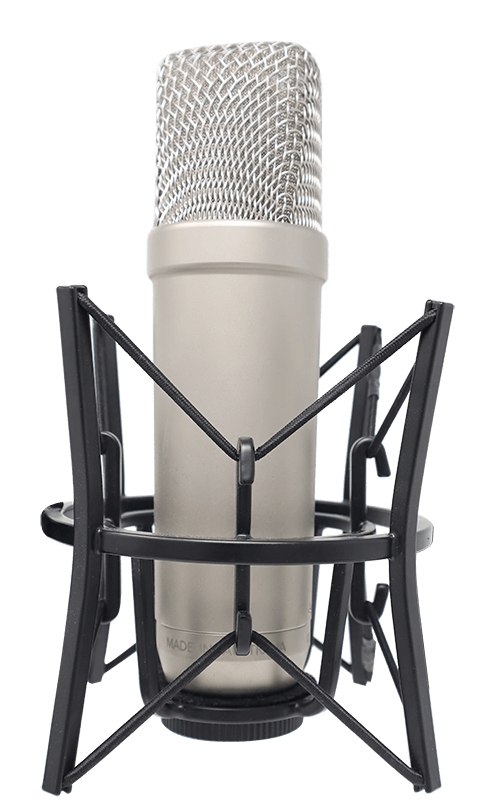
1 thought on “Considering Music Therapy?”
I really like what you guys are up too. Such clever work and exposure!
Keep up the superb works guys I’ve included you guys to our blogroll.